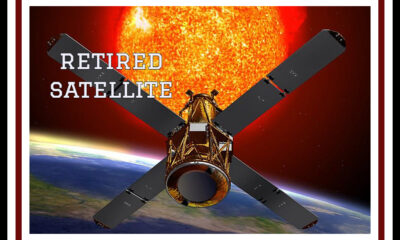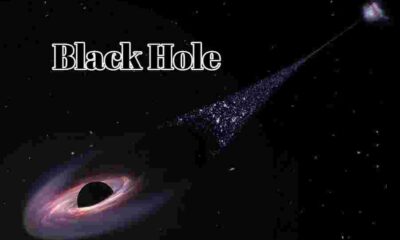News
NASA’s James Webb Telescope Discovers Its First Exoplanet
Published
1 year agoon

NASA’s James Webb Space Telescope, the largest, most powerful space telescope ever built, has been used by researchers to confirm the existence of an exoplanet for the first time.
LHS 475 b‘s size as an Earth-sized terrestrial planet was confirmed by JWST, however the exoplanet’s atmosphere has not yet been determined.
Researchers have used NASA’s James Webb Space Telescope, the largest and most potent space telescope ever constructed, to make the first official confirmation of an exoplanet’s existence.
Kevin Stevenson is the leader of the study team, and Jacob Lustig-Yaeger stated in a statement that the planet, officially known as LHS 475 b, is almost exactly the same size as Earth, measuring in at 99% of its diameter.
After carefully examining data from NASA’s Transiting Exoplanet Survey Satellite (TESS), which suggested the planet’s existence, the team decided to examine this target using Webb. With just two transit observations, Webb’s near-infrared spectrograph (NIRSpec) was able to capture the planet plainly and effortlessly.
“The existence of the planet is undeniable. It is validated by Webb’s exact data, according to Lustig-Yaeger. The observatory is impressed that it is a small, stony planet, Stevenson continued.
The first observational findings from an Earth-sized, rocky planet “open the door to numerous future opportunities for investigating rocky planet atmospheres with Webb,” according to Mark Clampin, director of NASA’s astronomy division in Washington.
Read Also – World’s Largest Cake Made for Stray Dogs, the “Jaipur Dog Show 2023,” set this particular world record
Even though the mission has only just begun, Webb is helping us come to a new knowledge of Earth-like places outside of our solar system.
The planet, which is 41 light-years away, can complete an orbit in two days and is a few hundred degrees warmer than Earth.
Thanks to the researchers’ discoveries, it may now be possible to locate Earth-sized planets orbiting smaller red dwarf stars.
This confirmation of a rocky planet underlines the accuracy of the mission’s equipment, according to Stevenson.
And this is just the beginning of its numerous discoveries. “With this telescope, rocky exoplanets are the new frontier,” said Lustig-Yaeger.
Credent TV Editorial Team

You may like
-


NASA’s retired satellite is falling to Earth, but the hazard is minimal.
-


Runaway Supermassive Black Hole Found by NASA’s Hubble Telescope, Leaving a Trail of New Stars
-


Individual Chats Can Soon Be Locked on WhatsApp, According to an Android Beta Update
-


Hyundai Verna Launches brand-new Car In 2023
-


Indian Navy conducts major exercise TROPEX-23
-


Moto G73 5G smartphone launched in India
